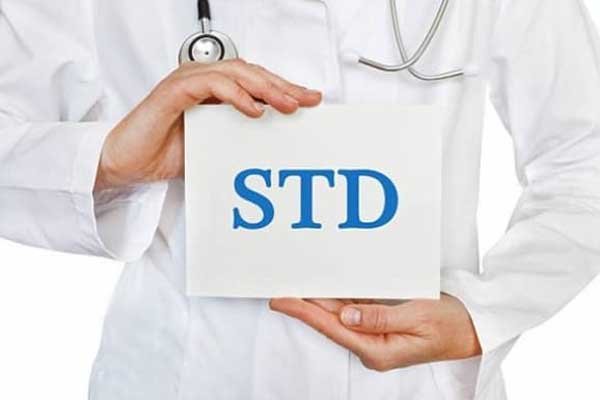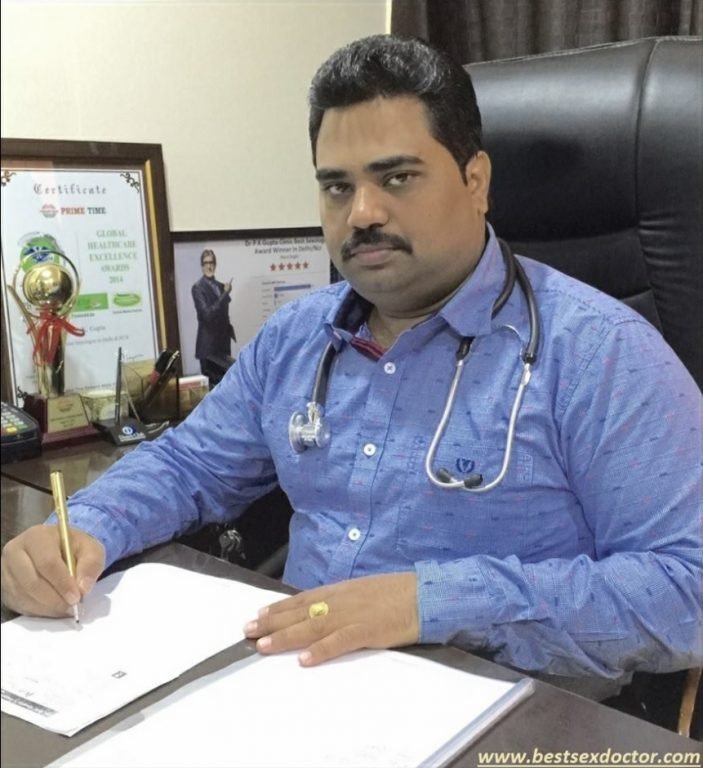STIs, or sexually transmitted infections, are contagious infections whose most common form of transmission is through sexual intercourse (especially vaginal, oral or anal). Safer sex is the best way to prevent infection but std treatment in Delhi is also available and effective in treating and controlling the disease.
The best-known STDs are:
- HIV / AIDS
- HPV Human Papilloma Virus
- Chlamydia
- Gonorrhea or Blenorrhagia
- Hepatitis B
- Syphilis
- Genital herpes
- Trichomoniasis
Transmission ways
The main transmission routes of STDs are:
- unprotected vaginal sex between woman and man; ie when the penis is introduced into the vagina without a condom (internal or external);
- anal, unprotected sex between woman and man or between man and man. That is when the penis is inserted into the anus without the protection of a condom;
- and for some infections, oral sex; ie when the vagina, clitoris or penis is in direct contact with the partner’s mouth without a protective barrier (such as a latex sheet or impermeable plastic, for example);
- the risk of transmission is also related to certain practices or behaviors, such as sharing sex toys; To avoid transmission, dams should be worn during oral/vaginal sex, latex gloves, and water-based lubricants during touching or penetration of the anus or vagina, condoms and lubricants should be used when sharing vibrators, etc.
Finding sexologist in Delhi you are comfortable talking to and can ensure follow-up is critical.
Whenever you start a new sexual relationship, it is important to talk to your partner about your previous relationships in order to prevent the risks of contracting an STI.
In addition, when not in contact with the body, most infectious agents responsible for STI die quickly.
Signals and symptoms
Some signals may translate into the existence of an STD:
- abnormal vaginal discharge, often smelly or urethral discharge;
- redness, white spots, blisters, warts or vesicles on or around the genitals, anus, or mouth;
- change in texture and/or color in the nails and/or surrounding skin;
- pain or burning sensation while urinating;
- diffuse lower abdominal pain;
- feeling of pain or burning during sexual intercourse;
- fever.
Certain infections cause symptoms only in men, others only in women, and sometimes there may be infection without any kind of symptoms.
In some cases, the consequences of an untreated STI manifest themselves later without any abnormal signs being detected.
STD treatment in Delhi should always be done to partners involved in sexual intercourse, even if there are no symptoms. In this way, serious complications such as infertility are avoided.
It is essential for the health of people to talk to their partners about whether they have a burning sensation, pain or discomfort in the genital area and to consult a sexologist doctor in Delhi as soon as possible. Going to the consultation, the diagnosis is made quickly and the treatment begins.
Prevention and early detection
- The best strategy to prevent the onset of an STD is safer sex;
- A condom is the most effective method to prevent an STD;
- It is essential to be aware of the risks, especially when the behavior and clinical status of sexual partners are unknown; more partners do not necessarily translate into greater risk, as long as everyone adopts risk-minimizing behaviors;
- As soon as you feel uncomfortable or if you notice lesions in the genital area, a doctor should be consulted;
- When an STD is diagnosed, people with whom you have had sex in recent times should be informed; depending on STD and other factors, “lately” may mean in recent weeks, recent months, or recent years;
- Periodic examinations are essential for STD screening, as symptoms are very difficult to detect;
- Prevention and early detection is the best way to avoid more serious health complications;
- Watch for signs …
FAQ – Frequently Asked Questions
Is there a difference between STI and STD?
STI is an abbreviation for Sexually Transmitted Infections and it is these infections that can trigger disease, namely STDs (Sexually Transmitted Diseases). Despite this precision, both words are often understood as synonyms. The most important thing is to know that your main (but not the only) route of transmission is sexual intercourse, whether vaginal sex, oral sex or anal sex.
Infection is the invasion of body tissues from a host organism by agents capable of causing disease, the multiplication of these agents and the reaction of the host tissues to them and the toxins produced by them.
Infectious disease is any clinically evident disease (ie, manifested through symptoms and signs, with physiological, biochemical and histopathological changes) as a consequence of injury caused by the agent and host response.
When the infectious agent penetrates, multiplies or develops in the host without causing damage or clinical manifestation, subclinical, inapparent or asymptomatic infection is considered.
What are the main symptoms of an STI?
An STI does not always manifest clearly, so regular screening and clinical examinations are very important for diagnosis.
Some infections cause symptoms only in men, others only in women, and sometimes there may be infection without any symptoms.
But the main symptoms are usually: vaginal discharge or, in men, urethral discharge; redness, blisters, warts or vesicles on and around the genitals; pain or burning sensation when urinating; pelvic pain (lower belly); feeling of pain or discomfort when having sex; fever.
How can you avoid an STI?
The use of barrier methods (such as internal or external condoms, gloves, or latex sheets) is the most effective method of preventing an STI whenever sexual intercourse exists, including to protect sex toys.
Some parasitic diseases, such as scabies or pubic lice, can be transmitted on skin contact with contaminated sheets or upholstery. Proper and frequent cleaning of the body and spaces is the best method to reduce the risk of contracting these infections.
Some STIs, such as Hepatitis B or some type of HPV, can be transmitted on skin-to-skin contact, but there are vaccines for these infections that should also be considered.
Also considered to be less risky are sexual practices without contact with mucous membranes, or the use of non-shared sex toys.
For HIV, if an unprotected relationship occurs, it may be made available in hospital emergencies and, in some cases, post-exposure prophylaxis (PPE) to try to hinder the multiplication of the virus. It should be noted that its effectiveness is greatest if it is available in a short time: the medicine should be taken as early as possible and within 72 hours of exposure to HIV. By letting this time pass, the treatment is no longer effective. The effectiveness of treatment consists of taking antiretroviral medication for 28 days and its effectiveness is not guaranteed.
Studies are underway to preventively use some medicines, but these methods are not yet available.
Are STIs easy to treat?
It depends. There are bacterial infections that can be treated with antibiotics. But other infections, such as HIV, remain in the body and require lifelong treatment.
Where can I get an HIV test?
An HIV / AIDS test can be done using the HIV Counseling and Detection Centers (DACs), and request specific tests from your GP or a private doctor, by hypothesis. The screening centers (free and confidential) – CAD, exist in several cities of the country: Aveiro, Almada, Barreiro, Beja, Braga, Bragança, Castelo Branco, Coimbra, Evora, Faro, Guarda, Leiria, Lisbon, Porto, Santarém, Setúbal, Viana do Castelo, Viseu and Terceira Island (Azores).
Is it possible to get infected with oral sex?
Yes. There is especially a risk of getting infections such as Gonorrhea, Chlamydia, Syphilis, HPV or HIV, whether receiving or having oral sex with an infected person.
What is genital herpes?
Genital herpes is an STI caused by a virus (usually type 2 simplex virus) through sexual contact. It is one of the most common infections. As it is difficult to detect, the virus often passes to your partner without being known to exist.
Herpes can be treated to alleviate complaints and symptoms. But there is no cure, and its recurrent appearance (relapses).
Is cervical cancer an STD?
Cervical cancer is a disease that results from persistent infections with the Human Papilloma Virus, HPV. This virus lives on the skin or mucous membranes, usually causes no symptoms, and spreads mainly through sexual contact, so it is essential to practice safer sex.
There are many different types of this virus, with different consequences (and preferred areas of infection). Some people develop visible anogenital warts (so-called condyloma, caused by non-cancerous HPV types) or have precancerous changes in the cervix, vulva, anus, penis or mouth. Very rarely, HPV infection results in anal, genital, or head and neck cancers.



